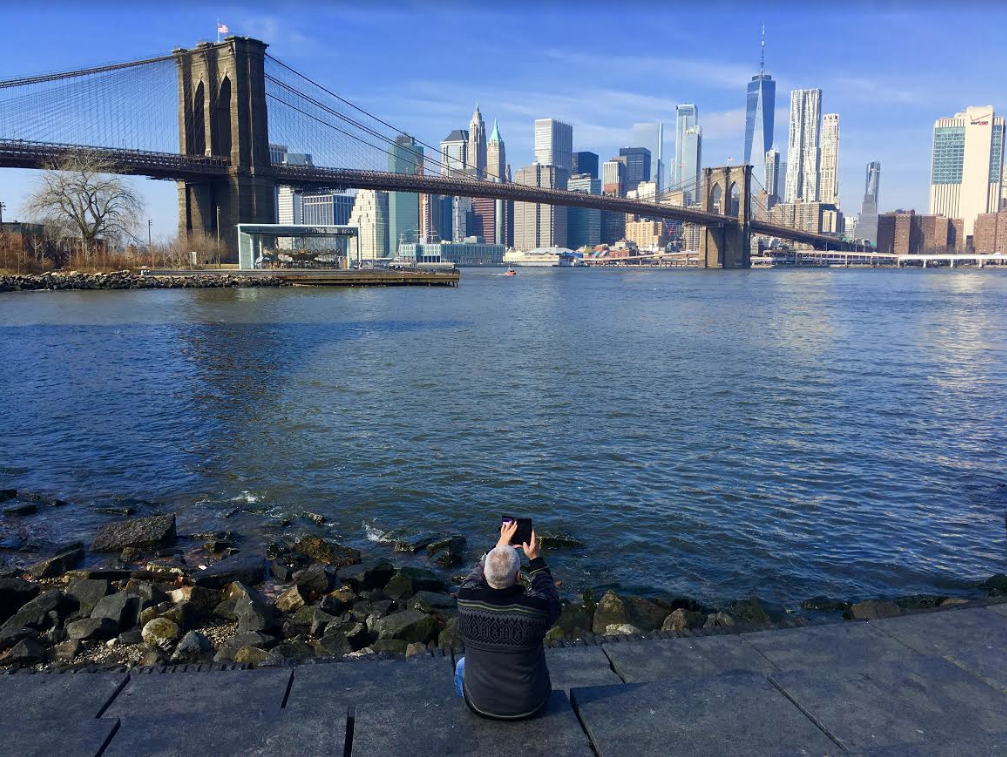Ask a historian: How did Willink Hill get its name?

This drawing depicts Willink hill around the 1840s. Photo courtesy of Brooklyn Public Library
Henk Willink, Doetinchem, from The Netherlands, asked: “How did Prospect Park’s Willink Hill get its name?”
Long before the completion of Prospect Park in 1875, the area was sparsely populated by some of the original inhabitants: The Dutch. Even though the English captured and occupied New Amsterdam in 1664, the Dutch — including Gov. Pieter Stuyvesant — remained, mostly in Brooklyn.
The name Willink was not that unusual. A Willink from Germany settled in Savannah, Georgia, where he built the first ironclad warship for the Confederate Navy. The Brooklyn Willinks came from Amsterdam, Holland.
